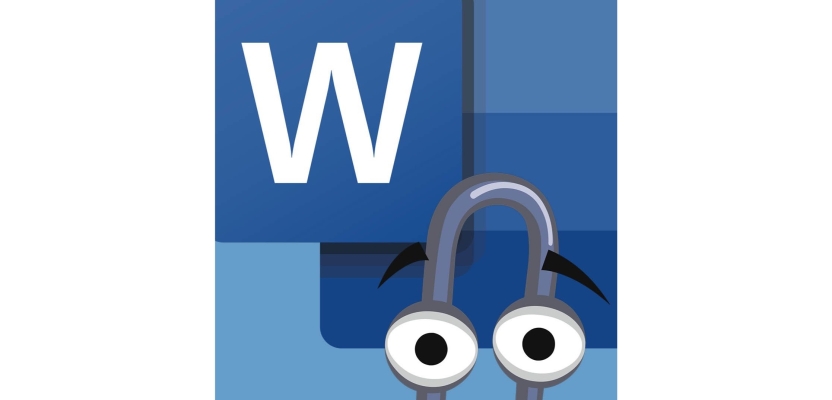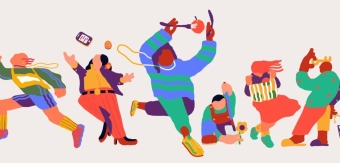If you’re reading this, you are more than likely familiar with Microsoft Word: the world’s most famous word processor that turned 40 years old last month. You may be surprised, however, to learn that this helpful tool has had an impact on the way language is used across the world. Victoria Woollaston, writing for the BBC, investigated the surprising impact that Microsoft Word has had on language habits and norms.
Starting with a little bit of context, Woollaston outlines the history of Word. Surpassing more than 300 competing word processors, Microsoft claimed a ‘90% share of the word-processing market’ by 1994. While Word may not have spearheaded features such as grammar tools and tracked changes, it has proved that it does have staying power. Today, up to 1.4 billion people could be using Word every month (although it’s hard to discern an accurate estimate). With numbers this large, it’s easy to see how Word could impact our wider culture when it comes to language.
Gloria Mark, a professor of informatics at the University of California, Irvine, describes how one of these impacts started with Word templates, which led to standardised formatting in communications becoming the norm.
"If you work in finance, there’s a specific way reports are expected to be laid out. Letters follow a set pattern, memos are largely formatted in the same way."
Following on from this, Word may have also contributed to English becoming the ‘global language of business’ – specifically American-English, Microsoft’s first language. Noël Wolf, a linguistic expert at Babbel (a popular language learning software) says:
"As businesses become increasingly global, the widespread use of Word in professional and technical fields has led to the borrowing of English terms and structures, which contribute to the trend of linguistic homogenisation."
Wolf highlights one of the drawbacks of this homogenisation, explaining that ‘uniformity comes at the cost of writing diversity’. With the addition of text suggestions and auto-complete, this problem is exacerbated. Word’s features are helping users with their writing, but this means that individual quirks and styles are more likely to be lost. Instead, Word is ‘loosely guiding everyone down the same path’, at the cost of originality.
It’s also worth noting that autocorrect has been found to have a negative impact on language learning. Despite offering over 100 languages, Word does not acknowledge grammar conventions that are specific to local dialects. Wolf explains that this can ‘marginalise regional nuance.’
"On an individual scale, these impacts may seem minimal but they become magnified when repeated on a software that has millions, if not billions of users."
Woollaston explores an example that shows how this language and grammar standardisation can impede creativity:
"Based on a quick, albeit arbitrary, experiment, if Harper Lee had used Word to write To Kill a Mockingbird, the software’s clarity refinement would have suggested changing: “I never loved to read. One does not love breathing.” to “I never loved to read. Breathing is necessary.” Does this remove the poetry and depth of the original? The example is somewhat facetious, but it illustrates the effects using such tools can have. In an age where clarity and readability are prioritised by search engines, and in which the glut of online content is said to be shrinking our attention span, such seemingly subtle shifts could potentially have a far-reaching impact on creative writing."
The flip side of this is that some features designed to standardise our writing can actually take ‘some of the cognitive load out of writing’, allowing more space for creativity. Word has done a lot of other good things too:
"[There’s] no denying Word has improved accessibility and diversity in myriad other ways. By bringing word processing into people’s homes, it has empowered more people to write, create and contribute. This increases diversity of voice, rather than impeding it. In 2018, Microsoft added dictation features into Word to empower people with dyslexia and dysgraphia to easily type with their voice. It is one of a number of accessibility features in the software."
Woollaston ends by noting that AI becoming integrated in word processing software opens up a whole new world of potential – especially since AI could adapt to each writer’s unique style, thereby helping us to retain our individuality.
While advancements in technology may always have both benefits and drawbacks, it’s useful to look at the impact of these tools over time so that we can use them responsibly.




